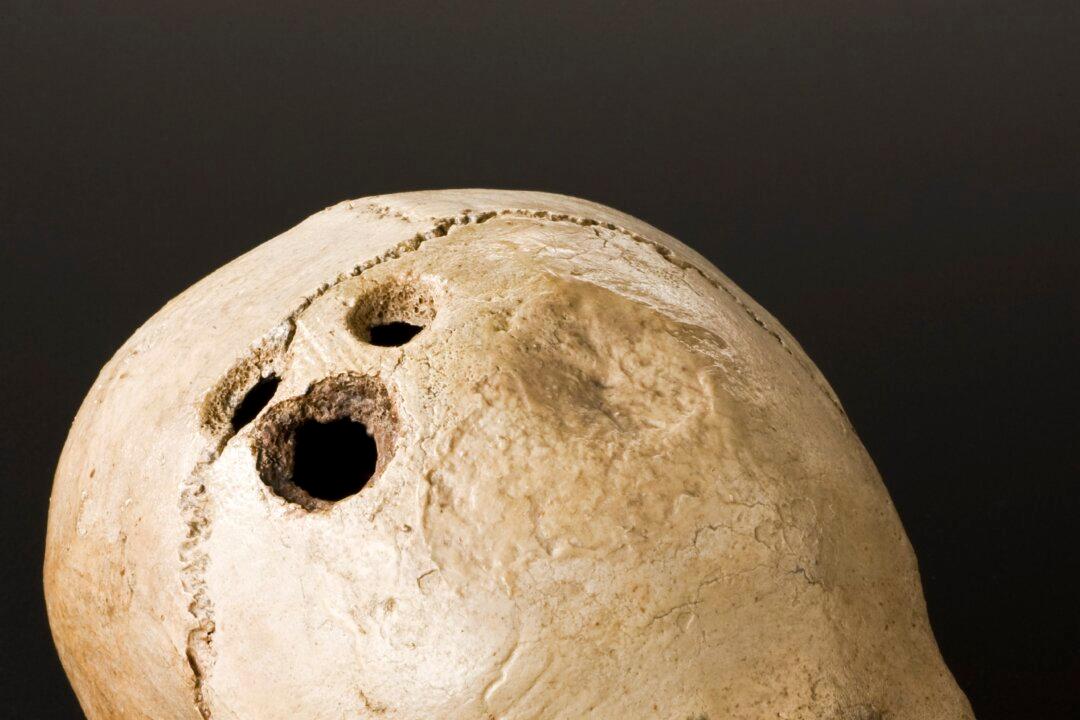How did people in ancient times deal with the health complications that we use advanced techniques to treat today? Many think that ancient folk simply died of these complications or had to deal with long-term discomfort, be they injuries or illnesses.
But evidence suggests early humans had an advanced level of anatomical understanding and could accomplish the sophisticated task of brain surgery—even in remote corners of the world like Siberia.
About 2,500 years ago, the most sophisticated centers of the Western world were in Egypt, Greece, and Mesopotamia.
In Egypt in 1995, a 2,600-year-old mummy was found with a surgical pin inserted into its knee. The pin itself, the glue to hold it in place, and the procedure were primitive but comparable to techniques and materials used today. The pin was made in accordance with modern design, which fits modern biomechanical principles, according to Brigham Young University Magazine.





